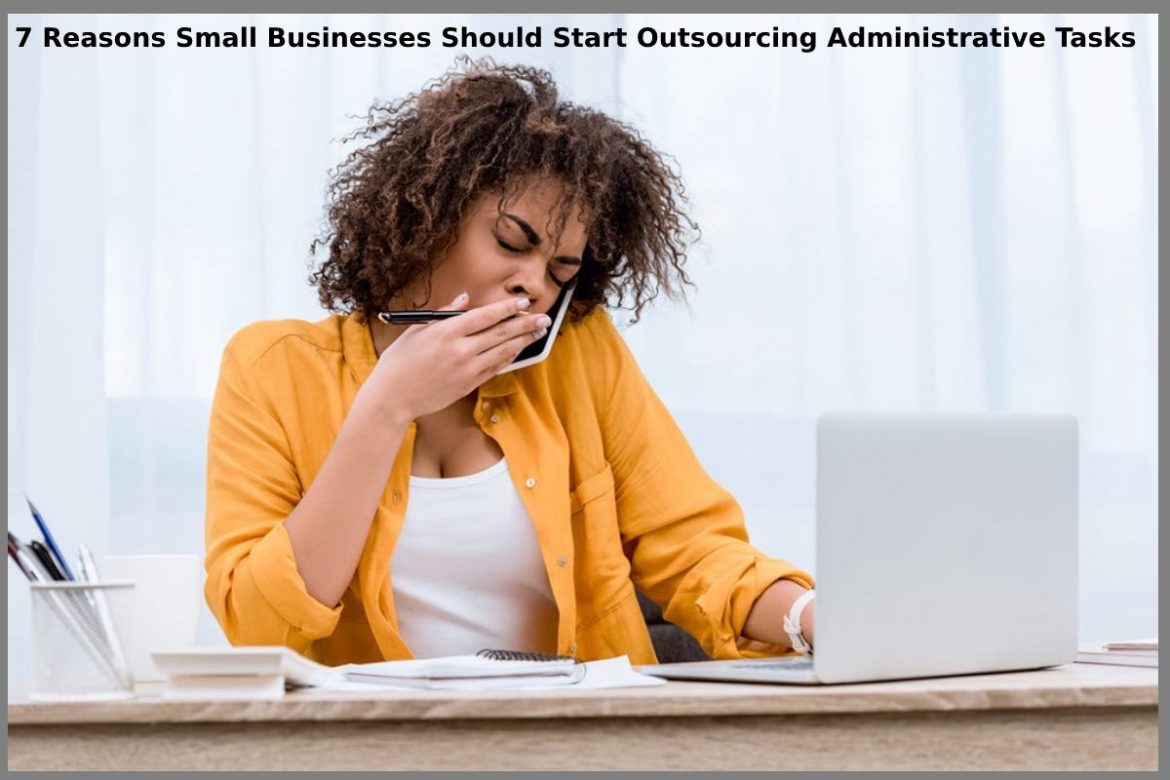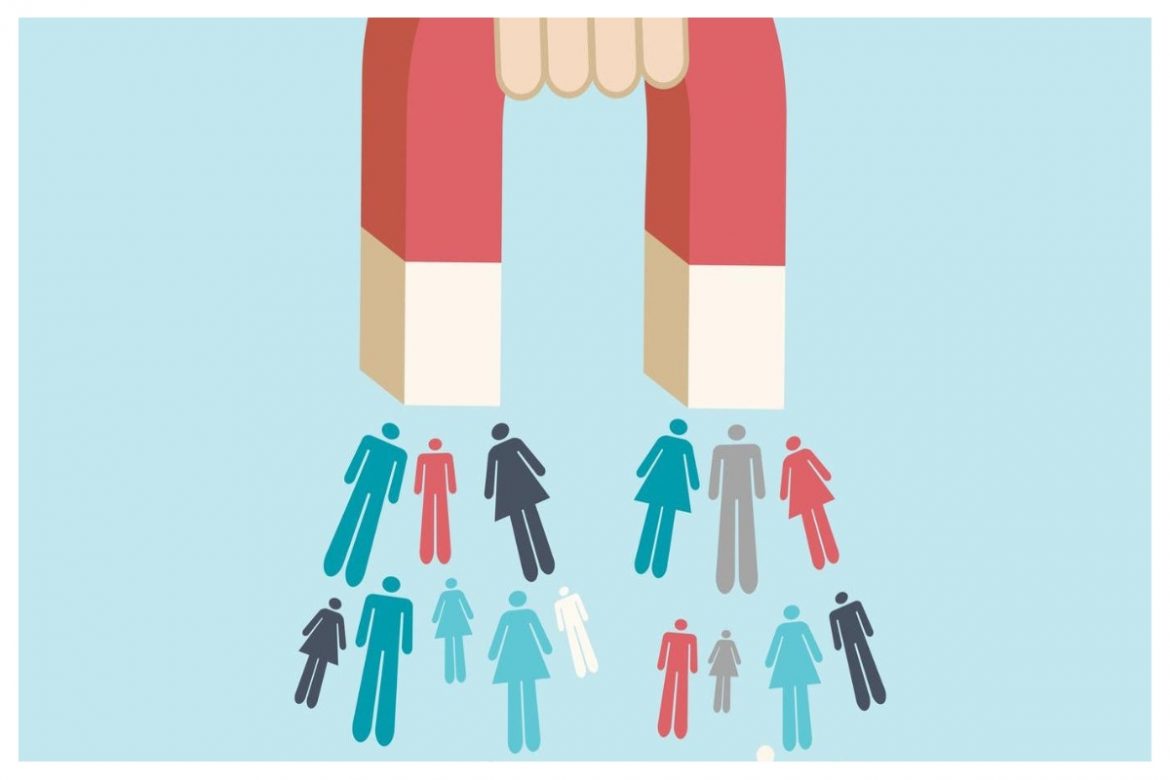The global business landscape has undergone a dramatic transformation over the past decade, with one of the most significant shifts being the rise of remote work. While remote work has been a growing trend for years, the COVID-19 pandemic accelerated its adoption across various industries, forcing companies to adapt quickly to a new way of operating. This evolution in work culture has profound implications for businesses, employees, and the broader economy. As we explore the drivers, benefits, challenges, and future of remote work, it becomes clear that this shift is not just a temporary response to a crisis but a fundamental change in how businesses operate.
### Drivers of Remote Work Adoption
Several factors have driven the adoption of remote work. Technological advancements have played a crucial role, making it easier for employees to work from anywhere. High-speed internet, cloud computing, collaboration tools like Slack and Microsoft Teams, and video conferencing platforms such as Zoom have enabled seamless communication and collaboration regardless of location.
The changing workforce demographics have also contributed to this shift. Millennials and Generation Z, who prioritize flexibility and work-life balance, are becoming the dominant groups in the workforce. They value the ability to work remotely and are more likely to choose employers who offer such options.
Additionally, the COVID-19 pandemic served as a catalyst, compelling businesses worldwide to implement remote work policies almost overnight. Companies that were initially resistant to remote work were forced to adapt, discovering in the process that productivity could be maintained or even improved outside the traditional office setting.
### Benefits of Remote Work
The rise of remote work has brought numerous benefits for both businesses and employees. For companies, remote work can lead to significant cost savings. By reducing the need for large office spaces, businesses can cut down on real estate and utility expenses. Some companies have even downsized their physical offices or shifted to entirely remote operations, reallocating those funds to other critical areas like technology and employee development.
Remote work also allows businesses to tap into a global talent pool. Employers are no longer restricted to hiring candidates within commuting distance of a physical office. This expanded reach enables companies to find the best talent, regardless of geographic location, fostering greater diversity and inclusion within their teams.
For employees, remote work offers increased flexibility, which can lead to better work-life balance. Without the need to commute, employees can save time and reduce stress, leading to higher job satisfaction and overall well-being. This flexibility also enables employees to work during their most productive hours, which can vary from person to person, potentially boosting overall productivity.
### Challenges of Remote Work
Despite its many benefits, remote work also presents several challenges. One of the most significant issues is maintaining effective communication and collaboration. While technology has made it easier to stay connected, it can still be challenging to replicate the spontaneous interactions and camaraderie that occur naturally in an office environment. Businesses must find ways to foster a sense of community and ensure that remote employees remain engaged and connected.
Another challenge is managing remote teams. Supervisors and managers need to adapt their leadership styles to effectively support and motivate remote workers. This includes setting clear expectations, providing regular feedback, and ensuring that remote employees have the resources they need to succeed. Additionally, managers must be vigilant about the potential for employee burnout, as the lines between work and personal life can blur in a remote setting.
Data security is another critical concern. With employees accessing company networks from various locations, the risk of security breaches and data leaks increases. Businesses must implement robust cybersecurity measures, including secure VPNs, multi-factor authentication, and regular security training for employees, to protect sensitive information.
### The Future of Remote Work
As we look to the future, it is clear that remote work is here to stay, but its form may continue to evolve. Many companies are adopting hybrid work models, where employees split their time between working remotely and working in the office. This approach aims to combine the benefits of remote work with the advantages of in-person collaboration.
Businesses are also rethinking the design and function of their office spaces. Rather than large open-plan offices, companies are creating flexible, collaborative spaces that employees can use as needed. These spaces are designed to facilitate teamwork and innovation, providing a conducive environment for activities that are challenging to perform remotely.
Furthermore, the rise of remote work has implications for urban planning and real estate. As more employees work from home, there may be a shift away from large corporate headquarters in major cities to smaller, decentralized offices or coworking spaces in suburban and rural areas. This could lead to changes in real estate demand and development patterns, as well as a potential redistribution of economic activity.
### Conclusion
The evolution of remote work represents a significant shift in the way businesses operate. Driven by technological advancements, changing workforce demographics, and the COVID-19 pandemic, remote work has become a viable and often preferred option for many companies and employees. While it brings numerous benefits, including cost savings, access to a global talent pool, and improved work-life balance, it also presents challenges in communication, management, and data security.
As businesses continue to navigate this new landscape, the adoption of hybrid work models and the reimagining of office spaces will likely shape the future of work. The ability to adapt to these changes and harness the potential of remote work will be crucial for businesses seeking to thrive in the 21st century.










